Subtotal: ₦191,100.00
KK 2.1.5 VTOL Flight Controller
₦150,000.00
The KK 2.1.5 VTOL (Vertical Take-Off and Landing) Flight Controller is a specialized controller designed for VTOL aircraft, capable of transitioning between vertical and horizontal flight modes. It offers stabilization, control, and flexibility for multirotor and fixed-wing hybrid configurations.
Key Features:
- Flight Modes: Supports both multirotor and fixed-wing flight modes, including VTOL transitions.
- Stabilization: Provides gyroscopic stabilization for smooth flight performance.
- Configuration Options: Adjustable PID settings for fine-tuning flight characteristics.
- User Interface: LCD display for easy setup and configuration.
- Compatibility: Works with various sizes of VTOL aircraft and configurations.
- Power Management: Efficient power management features to optimize flight time.
- Expandability: Interfaces for connecting additional sensors and peripherals.
Technical Specifications:
- Flight Modes: Multirotor (quadcopter, hexacopter) and Fixed-Wing (airplane) modes
- Control Channels: Typically supports up to 6 channels for control inputs
- Gyroscopic Sensors: Integrated gyroscopic sensors for stabilization
- Processor: Microcontroller-based with sufficient processing power for flight control algorithms
- Interfaces: Connections for receivers, servos, and other flight control components
- Power Supply: Typically powered by the flight battery (e.g., LiPo)
Applications:
- VTOL Aircraft: Control and stabilization for hybrid aircraft combining vertical and horizontal flight capabilities.
- Drone Development: Essential for developing and testing VTOL drone prototypes.
- Research: Used in research projects exploring hybrid UAV technologies.
- Educational Purposes: Teaching tool for understanding flight control systems in VTOL aircraft.
- Commercial Use: Deployment in commercial drones for various applications.
Datasheet:
For detailed technical information, refer to the KK 2.1.5 VTOL Flight Controller datasheet.
In stock
Additional Information
| Weight | 0.037 kg |
|---|
Be the first to review “KK 2.1.5 VTOL Flight Controller”
You must be <a href="https://hub360.com.ng/my-account-3/">logged in</a> to post a review.




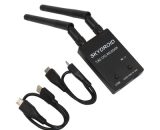
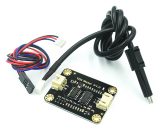
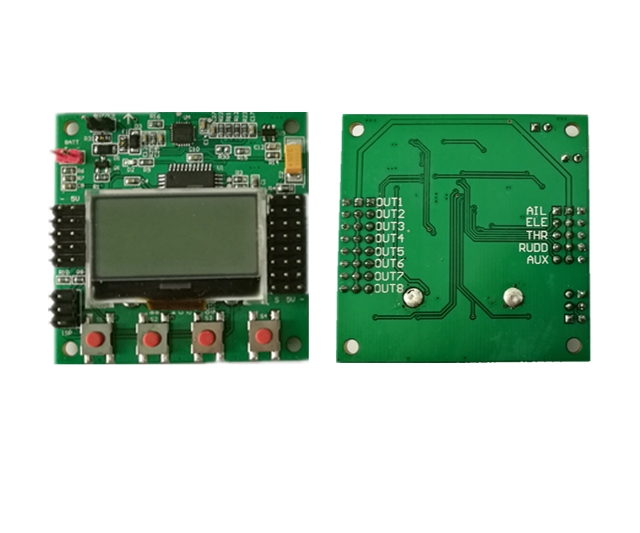

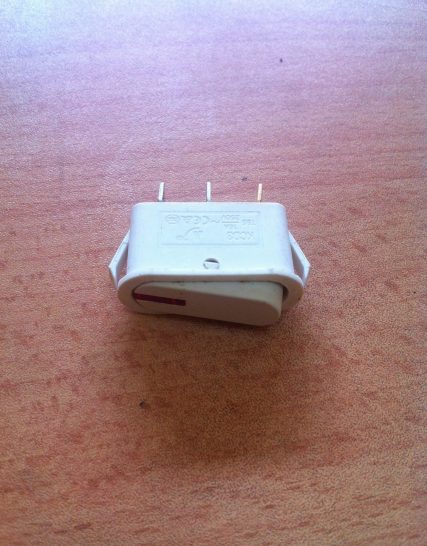

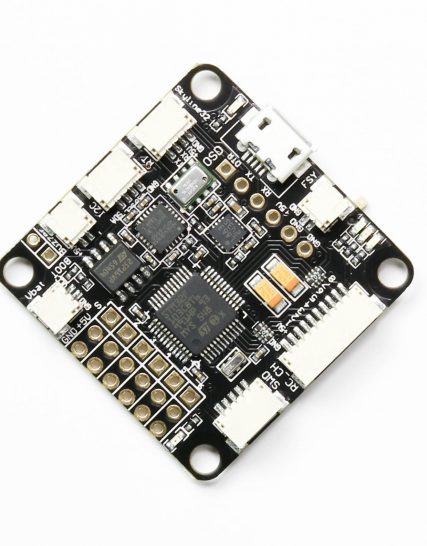
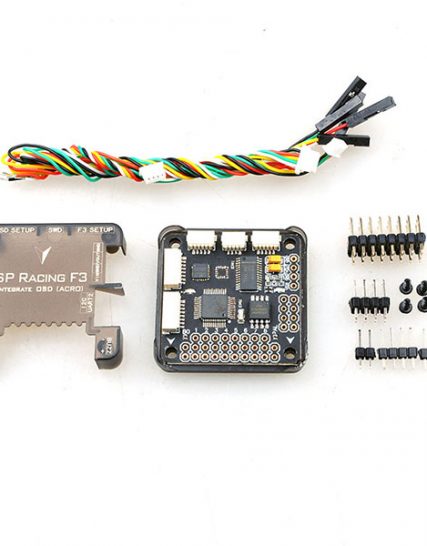


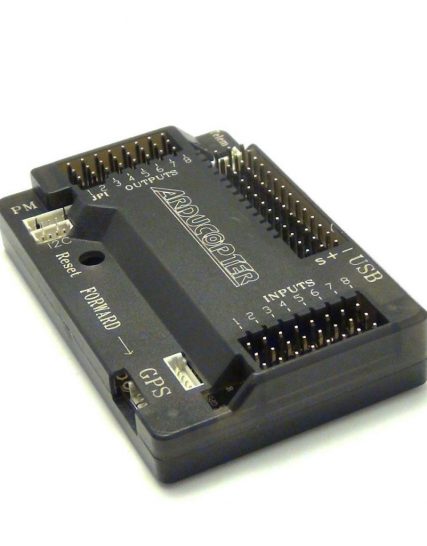
Reviews
There are no reviews yet.